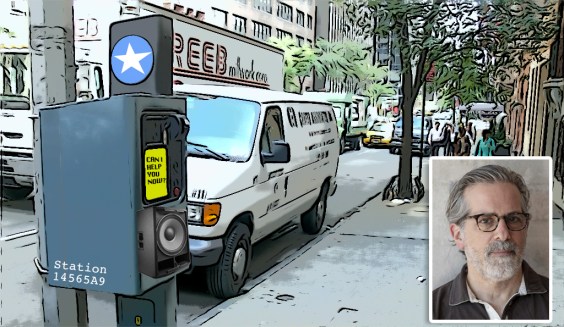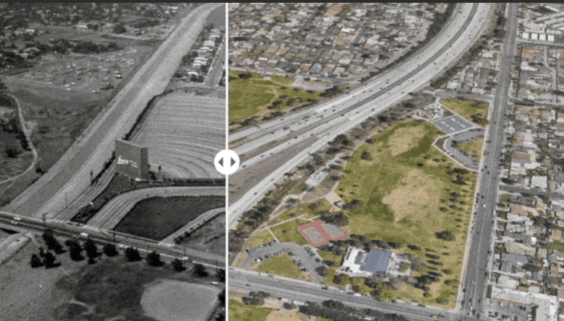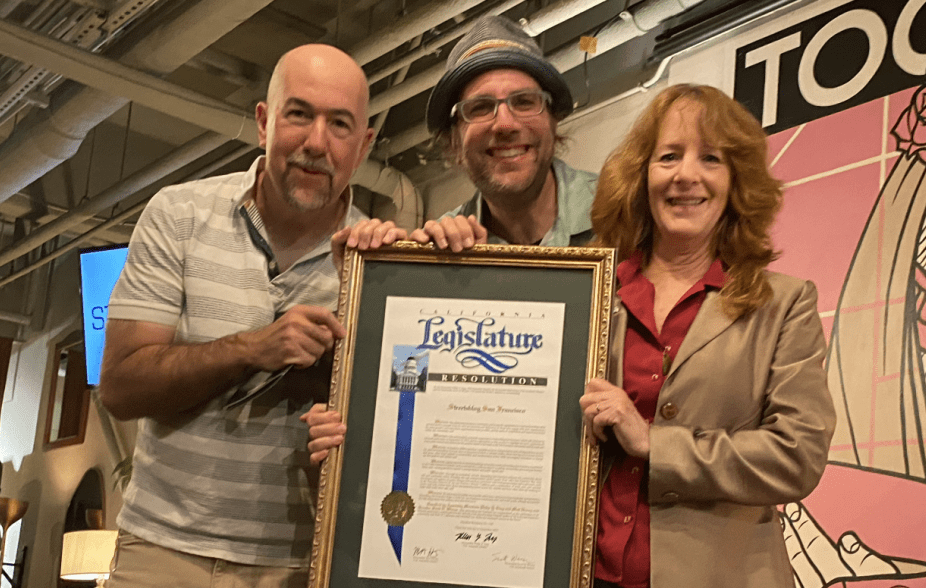Even SF transportation planners know: they can be pretty hard to understand. Listening in on a discussion about safer streets encrypted in countless acronyms and technical terms can often leave the layperson feeling pretty lost.
See, in planner-speak, it's not "getting run over" -- it's "a multi-modal right-of-way conflict."
In San Francisco, this language barrier is perhaps most likely to be found in a staff meeting at the SF County Transportation Authority, which manages San Francisco's transportation financing and long-term planning. You know, the dry stuff.
The SFCTA candidly admits this -- the agency produced the tongue-in-cheek video above, in which one character explains that transportation planners are "trained to talk about our shared urban experiences in a way that is nearly unrecognizable to the general public."
Not to worry, though -- that's one reason Streetsblog is here. Before we post many of our articles, we decode zoning terms, planning documents, presentations and interviews -- and turn them into legible stories about what's happening to our city's streets. And it's contributions from our readers that allow us to continue that work.
If you value the work we do to translate cryptic concepts into a cohesive narrative about re-shaping San Francisco's streets for people -- not cars -- please make a donation to Streetsblog. And don't forget: All donors who contribute $50 or more will get a chance to win a new Dahon folding bike.





